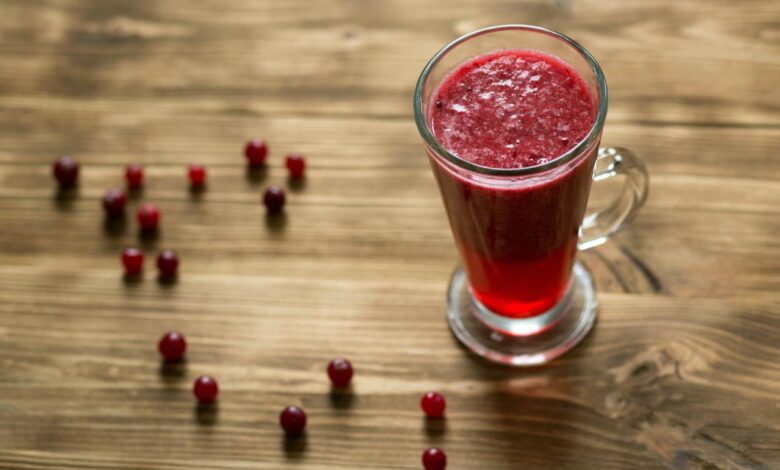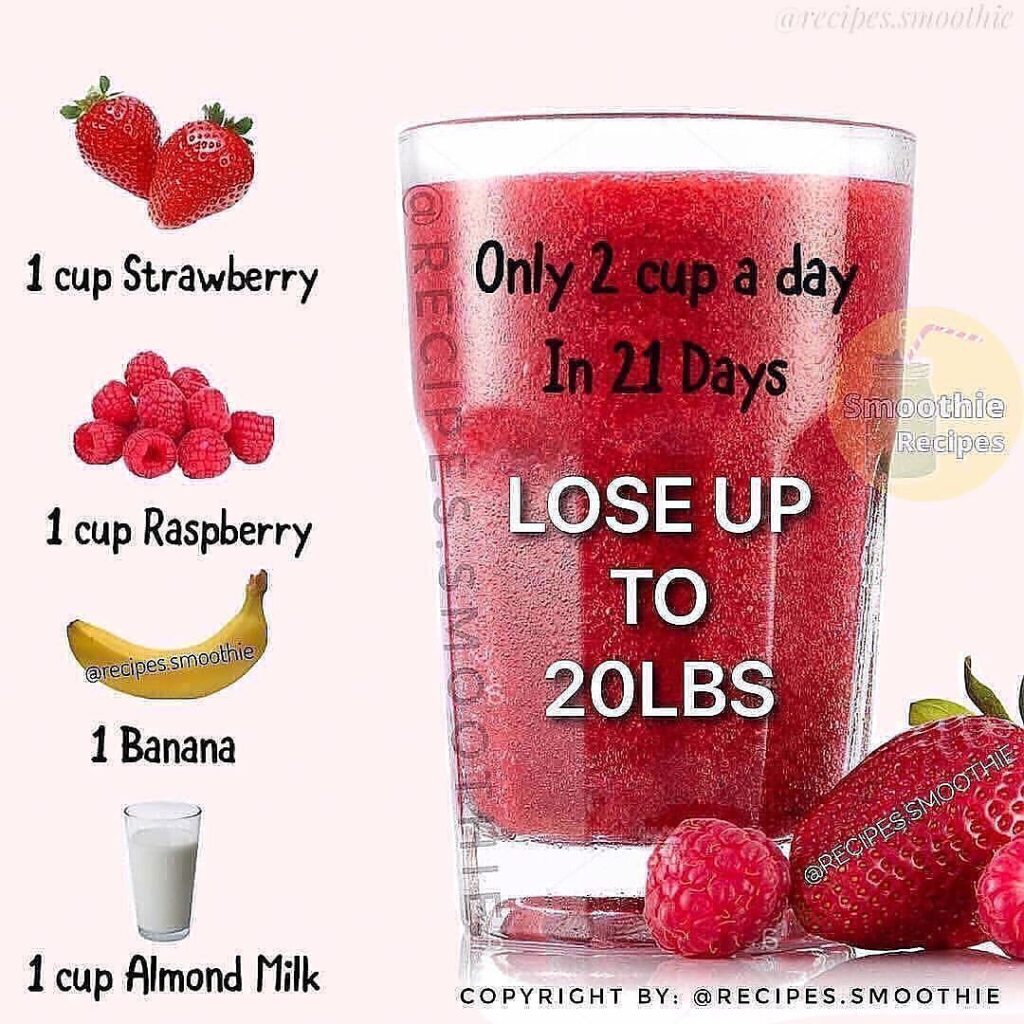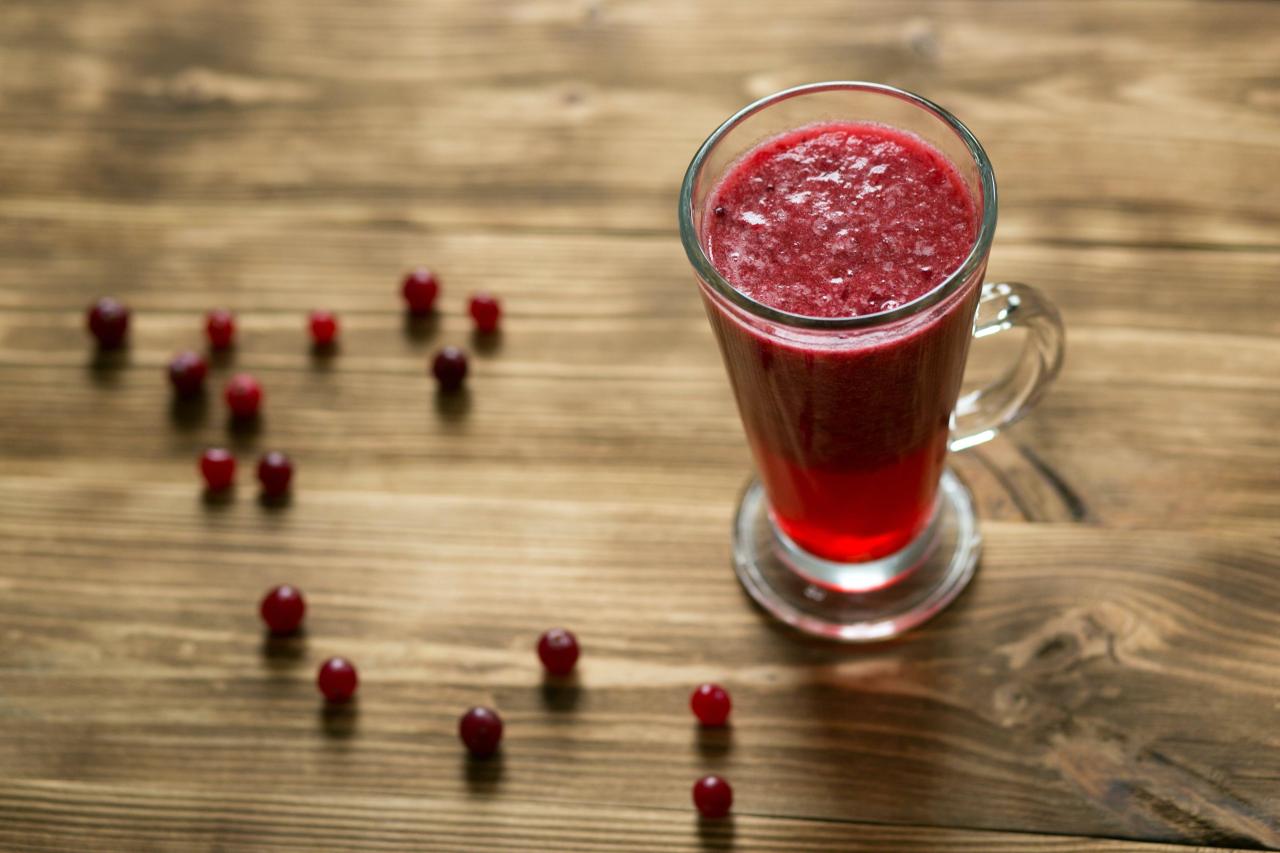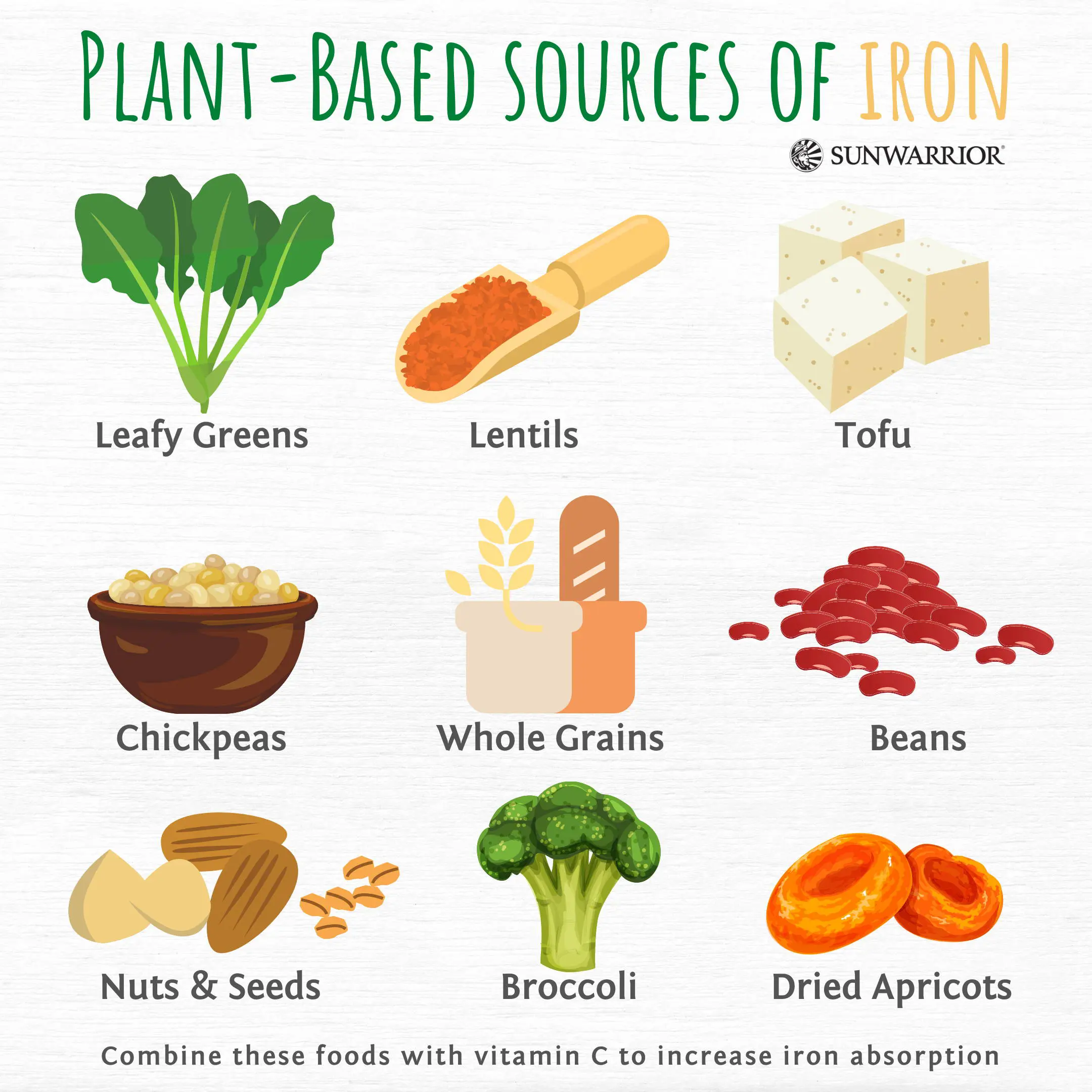
Natural Juice to Boost Iron Levels
Natural juice to boost iron levels? It sounds too good to be true, right? But the truth is, several delicious and readily available juices can significantly help increase your iron intake. Iron deficiency is surprisingly common, leading to fatigue, weakness, and even more serious health issues. This post dives deep into the world of iron-rich juices, exploring which ones pack the biggest punch, how to maximize absorption, and even sharing some yummy recipes to get you started on your journey to better iron levels.
Get ready to discover the power of nature’s own iron boost!
We’ll cover everything from the best juices to choose (think pomegranate, beet, and more!), to understanding how factors like Vitamin C and phytic acid influence how well your body absorbs the iron. We’ll also tackle potential side effects and precautions, so you can approach boosting your iron levels safely and effectively. Prepare to sip your way to better health!
Introduction to Iron-Rich Natural Juices
Iron deficiency, a common nutritional disorder, affects millions worldwide. It occurs when the body doesn’t have enough iron to produce hemoglobin, a protein in red blood cells that carries oxygen throughout the body. This deficiency can lead to a range of symptoms, from fatigue and weakness to shortness of breath and pale skin. More severe cases can result in anemia, a condition characterized by a reduced number of red blood cells or less hemoglobin than normal.
Understanding the importance of iron and incorporating iron-rich foods into our diet is crucial for maintaining good health.Iron plays a vital role in numerous bodily functions beyond oxygen transport. It’s essential for energy production, immune function, and the development and repair of tissues. Without sufficient iron, the body struggles to perform these vital tasks effectively, impacting overall well-being and increasing susceptibility to illness.
Fortunately, many natural sources of iron exist, and incorporating them into our daily routines can help prevent or treat iron deficiency.
Iron Content in Various Juices
Several natural juices are excellent sources of iron, offering a delicious and convenient way to boost iron intake. These juices often contain other essential nutrients, further enhancing their health benefits. The iron content can vary depending on factors like the type of fruit or vegetable, growing conditions, and processing methods. However, consistently consuming these juices as part of a balanced diet can contribute significantly to meeting daily iron requirements.
Examples of Iron-Rich Juices
Pomegranate juice is a well-known example of an iron-rich beverage. Its deep red color hints at its high concentration of antioxidants and iron. A single cup of pomegranate juice can provide a substantial amount of iron, contributing to improved energy levels and overall health. Beetroot juice is another excellent choice, containing both iron and nitrates, which support cardiovascular health.
The earthy sweetness of beetroot juice makes it a palatable option for those looking to increase their iron intake. Similarly, prune juice is rich in iron and also boasts high fiber content, promoting healthy digestion. While not as visually striking as pomegranate juice, prune juice offers a substantial contribution to daily iron needs. Finally, certain vegetable juices, particularly those made from leafy greens like spinach or kale, can be significant sources of iron, though their iron bioavailability might be lower compared to other sources due to the presence of oxalates.
Top 5 Iron-Boosting Juices: Natural Juice To Boost Iron Levels
Boosting your iron levels naturally through diet is a fantastic way to improve your overall health and well-being. Iron is crucial for oxygen transport throughout the body, and deficiencies can lead to fatigue, weakness, and other health problems. While many foods contain iron, incorporating iron-rich juices into your daily routine can be a delicious and effective way to increase your intake.
This post will delve into five of the best juices for boosting your iron levels, comparing their nutritional profiles and highlighting their unique benefits.
Iron-Rich Juice Nutritional Comparison
The following table compares five juices known for their iron content and other beneficial nutrients. It’s important to remember that iron absorption can vary depending on other factors in your diet, such as Vitamin C intake. The iron content listed is an approximation and may vary based on the brand and preparation method.
| Juice Name | Iron Content (mg/serving) (Approximate) | Other Nutrients | Potential Benefits |
|---|---|---|---|
| Pomegranate Juice | 0.3 mg (per 8oz serving) | Vitamin C, Potassium, Antioxidants | Improved heart health, reduced inflammation, boosted immunity. |
| Beet Juice | 0.8 mg (per 8oz serving) | Nitrates, Folate, Potassium, Vitamin C | Improved blood flow, enhanced athletic performance, reduced blood pressure. |
| Prune Juice | 0.6 mg (per 8oz serving) | Potassium, Vitamin K, Fiber | Improved digestive health, bone health, relief from constipation. |
| Kale Juice | 0.8 mg (per 8oz serving) | Vitamin A, Vitamin K, Vitamin C, Calcium | Improved vision, strong bones, boosted immunity. |
| Cherry Juice | 0.3 mg (per 8oz serving) | Antioxidants, Potassium, Vitamin C | Reduced inflammation, improved sleep, reduced muscle soreness. |
Note: These values are estimates and can vary depending on the specific brand and processing methods. Always check the nutrition label on your chosen juice for accurate information. Furthermore, consuming these juices as part of a balanced diet is crucial for optimal iron absorption and overall health. Combining iron-rich foods with Vitamin C-rich foods, for example, significantly enhances iron absorption.
Factors Affecting Iron Absorption from Juices

Source: conveganence.com
Getting enough iron is crucial for good health, and while iron-rich juices offer a convenient way to boost your intake, several factors significantly influence how much iron your body actually absorbs. Understanding these factors can help you maximize the benefits of your juice choices. This section will delve into the key elements affecting iron absorption from your favorite fruit and vegetable concoctions.
Vitamin C’s Role in Enhancing Iron Absorption
Vitamin C acts as a powerful enhancer of non-heme iron absorption, the type of iron found in plant-based foods and juices. Non-heme iron is less readily absorbed than heme iron (found in animal products). Vitamin C does this by reducing ferric iron (Fe3+), the form less easily absorbed, to ferrous iron (Fe2+), which is more readily absorbed by the body.
Including citrus fruits like oranges or lemons in your iron-rich juice, or even adding a squeeze of lemon juice, can significantly improve the bioavailability of the iron. For example, a study published in theJournal of Nutrition* demonstrated a substantial increase in iron absorption when participants consumed an iron-rich meal with a supplemental dose of Vitamin C. The increase in absorption was significant enough to be clinically relevant.
The Impact of Dairy Products on Iron Absorption from Juices
Consuming iron-rich juices alongside dairy products can interfere with iron absorption. Dairy products contain calcium and casein, which can bind to non-heme iron in the digestive tract, forming insoluble complexes that are not easily absorbed. This effect is more pronounced with higher calcium content. While enjoying a glass of milk alongside your juice might seem like a balanced choice, consider separating the consumption of dairy and iron-rich juices by a few hours to maximize iron uptake.
For instance, having your juice in the morning and your dairy products later in the day would be a better approach.
Phytic Acid’s Influence on Iron Absorption
Phytic acid, or phytate, is an antinutrient found in many plant-based foods, including grains, legumes, and nuts, sometimes present in smaller amounts in certain fruits and vegetables used in juices. Phytic acid binds to iron, forming phytate-iron complexes that are not readily absorbed by the body. This binding action reduces the bioavailability of iron, making it less available for the body to utilize.
The effect of phytic acid is more significant when consuming iron-rich juices that contain high amounts of phytic acid. However, the impact of phytic acid can be minimized through methods like soaking, sprouting, or fermentation of the ingredients before juicing, thus reducing the phytic acid content and improving iron absorption.
Recipes for Iron-Rich Juice Combinations

Source: co.in
Creating delicious and nutritious iron-rich juices can be easier than you think! These recipes offer a variety of flavors and difficulty levels, allowing you to experiment and find your perfect blend. Remember to consult your doctor before making significant dietary changes, especially if you have pre-existing health conditions.
Easy Iron-Boosting Beetroot and Apple Juice
This recipe is perfect for beginners and provides a naturally sweet and earthy flavor. Beets are a fantastic source of iron, while apples add sweetness and a pleasant texture.
- Ingredients: 1 medium beetroot, 2 medium apples (such as Fuji or Honeycrisp), 1/2 cup water (adjust to desired consistency).
- Instructions: Wash and chop the beetroot and apples. Combine all ingredients in a juicer and blend until smooth. Serve immediately.
Expected Taste: Sweet and earthy, with a slightly tart note from the apples. The beetroot flavor is subtle and well-balanced.Potential Health Benefits: Provides iron, along with antioxidants from the beetroot and fiber from the apples, contributing to overall health and well-being.
Medium Difficulty Spinach, Orange, and Carrot Juice
This recipe combines the iron-rich spinach with the vitamin C-rich oranges to enhance iron absorption. Carrots add sweetness and vibrant color.
- Ingredients: 1 cup packed spinach leaves, 2 medium oranges, 1 medium carrot, 1/4 cup water (adjust to desired consistency).
- Instructions: Wash and prepare all ingredients. Combine in a juicer or high-speed blender. Blend until smooth, adding water as needed to achieve desired consistency. Strain if desired for a smoother texture.
Expected Taste: A refreshing blend of sweet and slightly bitter flavors. The orange balances the earthiness of the spinach and carrot.Potential Health Benefits: Excellent source of iron, vitamin C (which aids iron absorption), vitamin A from carrots, and antioxidants from all ingredients. Supports immune function and overall health.
Advanced Iron-Rich Green Juice with Ginger and Turmeric
This recipe is more complex, incorporating a variety of ingredients for a potent boost of nutrients and a unique flavor profile. Ginger and turmeric add anti-inflammatory benefits.
So, you’re looking for ways to boost your iron naturally with delicious juices? That’s great! Maintaining good health is key, and sometimes that means looking beyond the obvious. Did you know that research suggests there might be a connection between eye health and cognitive decline, as explored in this fascinating article about whether an eye test can detect dementia risk in older adults: can eye test detect dementia risk in older adults.
Keeping an eye on both your iron levels and overall health is a smart approach to feeling your best. Back to those iron-boosting juices – pomegranate and beet juice are excellent choices!
- Ingredients: 1 cup packed kale, 1/2 cup packed spinach, 1/2 cucumber, 1/2 inch ginger root, 1/2 teaspoon turmeric powder, 1/4 cup water (adjust to desired consistency).
- Instructions: Wash and prepare all ingredients. Combine all ingredients in a high-speed blender. Blend until smooth, adding water as needed. Strain if desired for a smoother texture.
Expected Taste: Earthy and slightly spicy, with a hint of ginger and turmeric. The cucumber adds a refreshing element to balance the stronger flavors.Potential Health Benefits: Provides a high concentration of iron, along with anti-inflammatory benefits from ginger and turmeric, and a wide range of vitamins and minerals from the leafy greens and cucumber. Supports immune function and overall well-being.
Note: Turmeric can stain, so be mindful when handling it.
Potential Side Effects and Precautions

Source: farmtopalms.com
While iron-rich juices offer numerous health benefits, it’s crucial to understand that consuming excessive amounts of iron can lead to adverse effects. This section Artikels potential side effects and provides guidance on safe consumption to ensure you reap the benefits without risking harm. Remember, moderation is key when incorporating iron-rich foods and juices into your diet.Iron overload, also known as hemochromatosis, is a serious condition that can occur when the body absorbs and stores too much iron.
This excess iron can accumulate in various organs, leading to damage and dysfunction. Symptoms can be subtle initially but may eventually include fatigue, joint pain, abdominal pain, liver damage, and even heart problems. In severe cases, hemochromatosis can be life-threatening. It’s important to note that this condition is more likely to develop in individuals with genetic predispositions, but excessive iron intake from dietary sources can exacerbate the risk.
Iron Overload Symptoms and Management
Excessive iron intake can manifest in various ways, depending on the severity and individual factors. Mild symptoms might include gastrointestinal upset such as constipation, nausea, or vomiting. More serious symptoms, indicative of iron overload, include fatigue, abdominal pain, skin discoloration (bronzing), and joint pain. Management of iron overload typically involves phlebotomy (regular blood removal) to reduce iron levels in the body.
In some cases, medications might be prescribed to help regulate iron absorption. Early detection and intervention are crucial in managing this condition effectively.
Appropriate Serving Sizes for Iron-Rich Juices
There isn’t a universally applicable serving size for iron-rich juices, as individual needs vary based on factors such as age, sex, health status, and overall diet. However, a general guideline is to start with small amounts and gradually increase your intake as tolerated. For instance, consuming 4-6 ounces of an iron-rich juice once or twice a day might be a suitable starting point for many adults.
Always listen to your body and adjust your intake accordingly. Pay attention to any digestive discomfort or other symptoms, and reduce your intake if necessary.
Consulting a Healthcare Professional
Before making significant changes to your diet, especially when focusing on increasing your iron intake, it’s essential to consult with a healthcare professional. They can assess your individual needs, consider your existing health conditions, and provide personalized recommendations. This is particularly important if you have pre-existing health conditions such as hemochromatosis, liver disease, or other conditions that might be affected by increased iron levels.
A healthcare professional can also help determine if you have an iron deficiency and recommend the appropriate course of action, including dietary changes and potentially iron supplements. They can monitor your iron levels through blood tests to ensure you are maintaining a healthy balance.
Illustrative Examples of Iron Absorption in the Body
Iron absorption, a vital process for maintaining healthy red blood cell production and overall bodily function, is a complex journey from the digestive tract to the bloodstream. Understanding this process helps us appreciate the importance of consuming iron-rich foods and the factors that influence how effectively our bodies utilize this essential mineral.Iron absorption begins in the duodenum, the first part of the small intestine.
It’s a carefully regulated process, ensuring that the body absorbs only the amount of iron it needs, while preventing excess iron accumulation which can be toxic.
Iron Absorption: A Step-by-Step Process, Natural juice to boost iron levels
The journey of iron from your food to your blood involves several key steps. First, dietary iron, present in either heme (from animal sources) or non-heme (from plant sources) forms, must be released from food during digestion. Heme iron is more readily absorbed than non-heme iron. Next, in the duodenum, non-heme iron must be reduced from its ferric (Fe3+) to its ferrous (Fe2+) state.
This reduction is facilitated by duodenal cytochrome b (Dcytb), an enzyme crucial for iron absorption. Ferrous iron then binds to divalent metal transporter 1 (DMT1), a protein embedded in the intestinal cell membrane, which transports the iron across the cell membrane into the enterocyte (intestinal cell). Once inside the enterocyte, iron can either be stored as ferritin or transported across the basolateral membrane into the bloodstream.
This transport across the basolateral membrane is facilitated by ferroportin, another crucial protein. Finally, once in the bloodstream, iron binds to transferrin, a protein that transports iron throughout the body.
The Role of Transferrin in Iron Transport
Transferrin is a glycoprotein synthesized primarily in the liver. Its primary function is to transport iron from the intestines (and other sites of iron release) to various tissues throughout the body. Think of transferrin as a dedicated iron delivery service. Each transferrin molecule can bind two iron atoms, forming a transferrin-iron complex. This complex travels through the bloodstream, delivering iron to cells that need it, such as those in the bone marrow for red blood cell production, muscle cells, and liver cells for storage.
The transferrin receptor on the surface of cells recognizes and binds to the transferrin-iron complex, allowing the iron to be released into the cell for use. The empty transferrin molecule then returns to the bloodstream to pick up more iron, completing the cycle.
Diagram of Iron Absorption Pathway
Imagine a diagram showing the digestive tract (stomach and small intestine, specifically the duodenum) at the top. From the lumen of the duodenum, an arrow points to an intestinal cell (enterocyte). Within the enterocyte, show heme iron being directly absorbed and non-heme iron undergoing reduction (Fe3+ to Fe2+) by Dcytb before being absorbed by DMT1. Inside the enterocyte, some iron is stored as ferritin (represented as a small storage compartment), while the rest is transported across the basolateral membrane by ferroportin.
From the basolateral membrane, another arrow points to the bloodstream, where the iron binds to transferrin. A final arrow shows transferrin carrying iron to various tissues (e.g., bone marrow, liver, muscles). This visual representation clearly shows the multi-step process and the key players involved in iron absorption and transport.
Epilogue
So, there you have it – a delicious and natural way to boost your iron levels! Remember, while these juices can be a fantastic addition to a healthy diet, they’re not a miracle cure. Always consult your doctor before making significant dietary changes, especially if you suspect you have an iron deficiency. But with a little planning and these tasty juice recipes, you can take a proactive step towards better health and more energy.
Cheers to better iron levels (and delicious drinks!)
Questions and Answers
What are the signs of iron deficiency anemia?
Common signs include fatigue, weakness, pale skin, shortness of breath, headaches, and dizziness. Severe deficiency can lead to more serious problems.
Can I drink too much iron-rich juice?
Yes, consuming excessive iron can be harmful. Stick to recommended serving sizes and consult your doctor if you have concerns.
Are there any interactions between iron-rich juices and medications?
Some medications can interact with iron. Always inform your doctor or pharmacist about any supplements or dietary changes you’re making.
How often should I drink iron-rich juices?
It depends on your individual needs and iron levels. Aim for moderation and consult your doctor for personalized advice.
